Join us on Patreon! https://www.patreon.com/MichaelLustgartenPhDDiscount Links/Affiliates: Blood testing (where I get the majority of my labs): https://www.u…
Get the latest international news and world events from around the world.
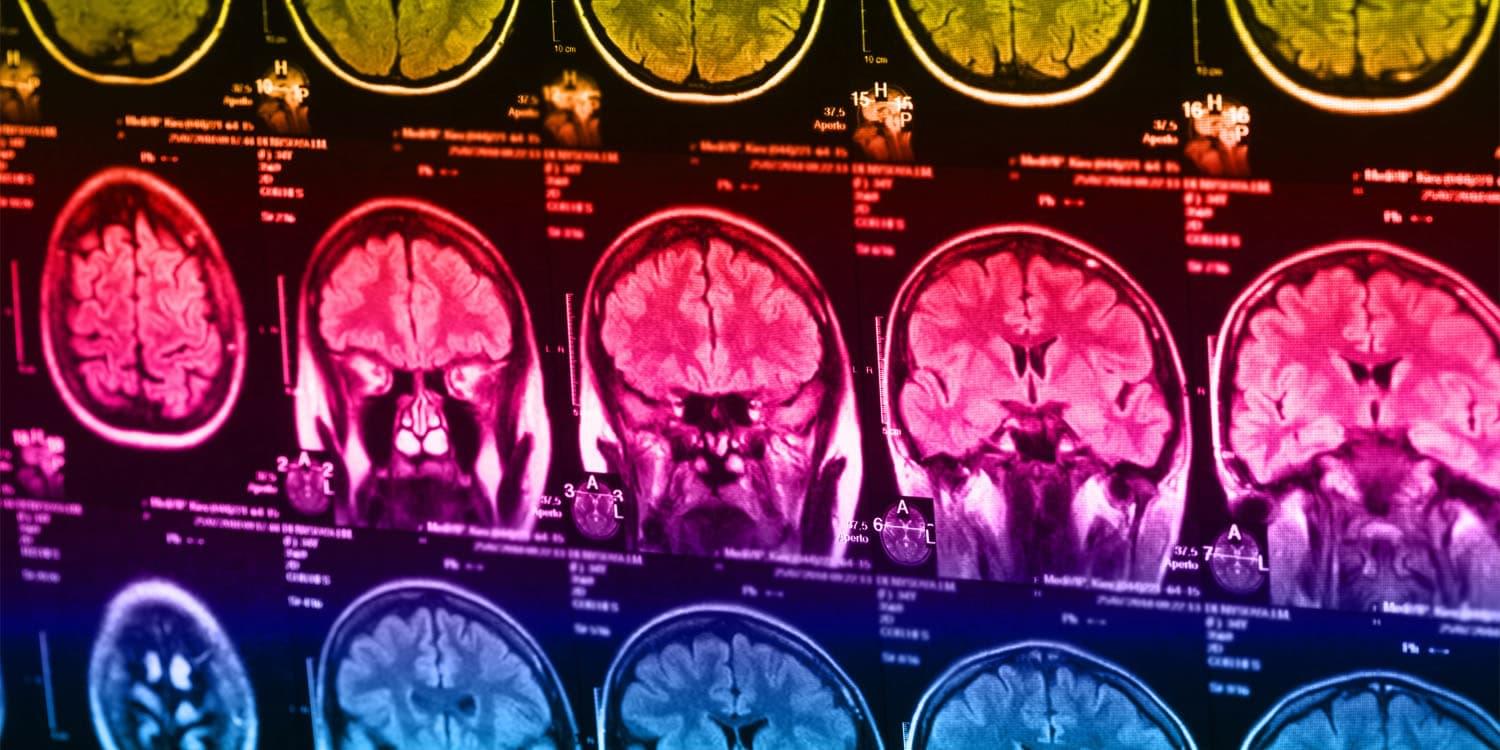
The brain’s reward system and PTSD: New insights from research
Participants underwent fMRI while completing a monetary incentive delay task. This task is commonly used to assess reward system activation, as it separates the anticipation of a reward from the receipt of the reward. During the task, participants viewed visual cues signaling whether they could win money or not. They were then required to press a button quickly in response to a target, with feedback indicating whether they had succeeded in earning the reward.
The study focused on two key brain regions: the ventral striatum, which is involved in reward anticipation, and the orbitofrontal cortex, which processes reward outcomes. Psychological resilience was measured using the Connor-Davidson Resilience Scale, while PTSD severity was assessed with the Clinician-Administered PTSD Scale. Metabolic syndrome was diagnosed based on established clinical criteria, including elevated blood pressure, abnormal cholesterol or triglyceride levels, elevated blood sugar, and increased waist circumference.
The researchers observed distinct patterns of reward system activation in individuals with PTSD, influenced by the severity of depressive symptoms. Among PTSD participants with lower depression severity, activation in the ventral striatum during reward anticipation was reduced, while activation in the orbitofrontal cortex during reward outcomes was heightened.
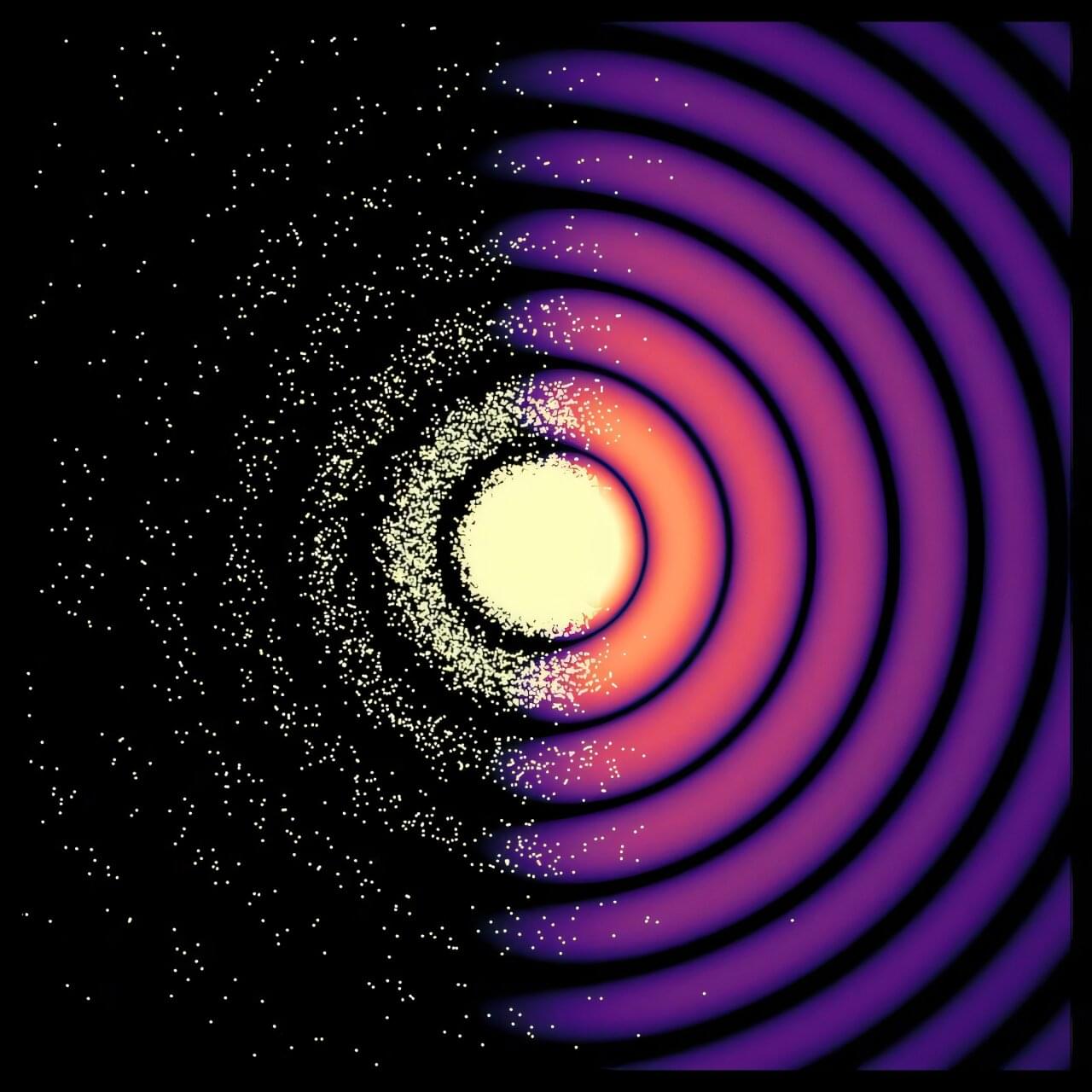
A new frontier in understanding electron dynamics: Imaging with attosecond short X-ray flashes
Attosecond science, honored with the 2023 Nobel Prize in Physics, is transforming our understanding of how electrons move in atoms, molecules, and solids. An attosecond—equivalent to a billionth of a billionth of a second—enables “slow-motion” visualization of natural processes occurring at extraordinary speeds.
However, until now, most attosecond experiments have been limited to spectroscopic measurements due to the constraints of attosecond light pulse sources.
Using the powerful X-ray Free Electron Laser (FEL) at SLAC National Laboratory in California, the Hamburg team studied how ultrashort pulses interact with nanoparticles. They uncovered a previously unexplored phenomenon: transient ion resonances that enhance image brightness.
Researchers design mind-blowing construction material to replace steel: ‘This technology holds a lot of promise’
Researchers at the University of Maine have managed to 3D print an organic building material with the strength of steel.
The SM2ART Nfloor is printed as a single piece in about 30 hours, which is a third faster than building something comparable by hand according to TechXplore.
The nice thing about this set-up is that these panels can be printed in bulk off-site and get shipped to the construction area. Since there are already channels in the floor for electrical and plumbing, the only other thing that needs to be applied by hand is soundproofing and floor covering.

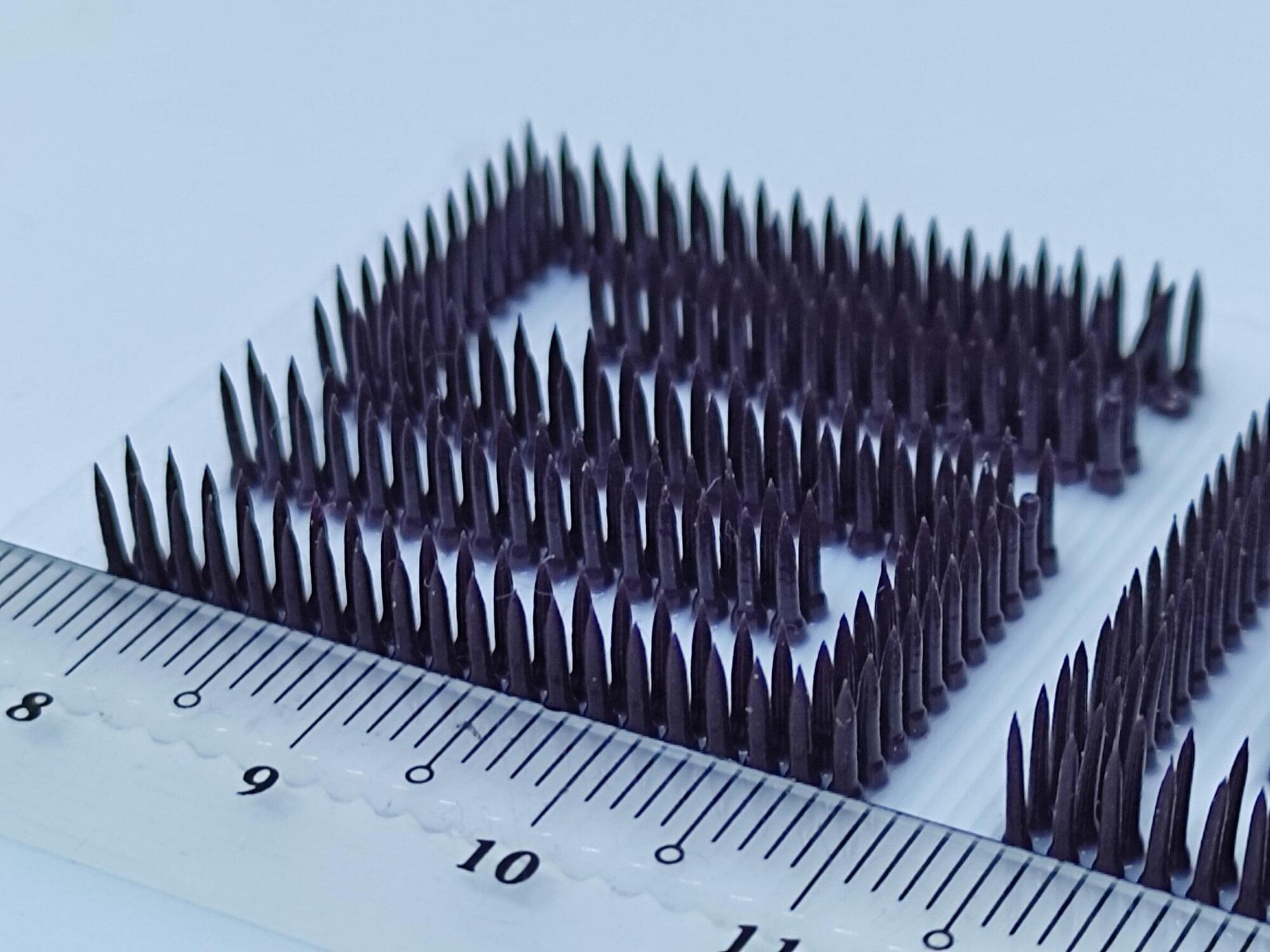
Bioinspired 3D printing: Architected design creates efficient structures
When 3D printing was first introduced in 1985, it marked a major turning point for the manufacturing industry. In addition to being cheaper than traditional manufacturing technologies, it also promised the ability to customize designs and make prototypes on demand. While its technology is still considered relatively new, there has been an accelerating demand for 3D printing methods across sectors in the past decade, ranging from aerospace and defense to medicine.
Yet, Associate Professor Pablo Valdivia y Alvarado from the Singapore University of Technology and Design (SUTD) believes that there are still ways to go before 3D printing can achieve its full potential. In traditional 3D printing, a nozzle is used to print the material layer by layer, and the path that the nozzle takes is known as the toolpath.
However, layer-by-layer printing is incompatible for use with materials like silicone, epoxies, and urethanes that are slow-curing and take more time to harden. These types of materials are often used to create soft mechanical metamaterials which, in turn, are used for lightweight, nature-inspired structures, such as lattices and web structures. Deposition-based processes in 3D printing, such as direct ink writing, would be able to work with these materials to create such structures, but these suffer from non-optimized toolpaths.
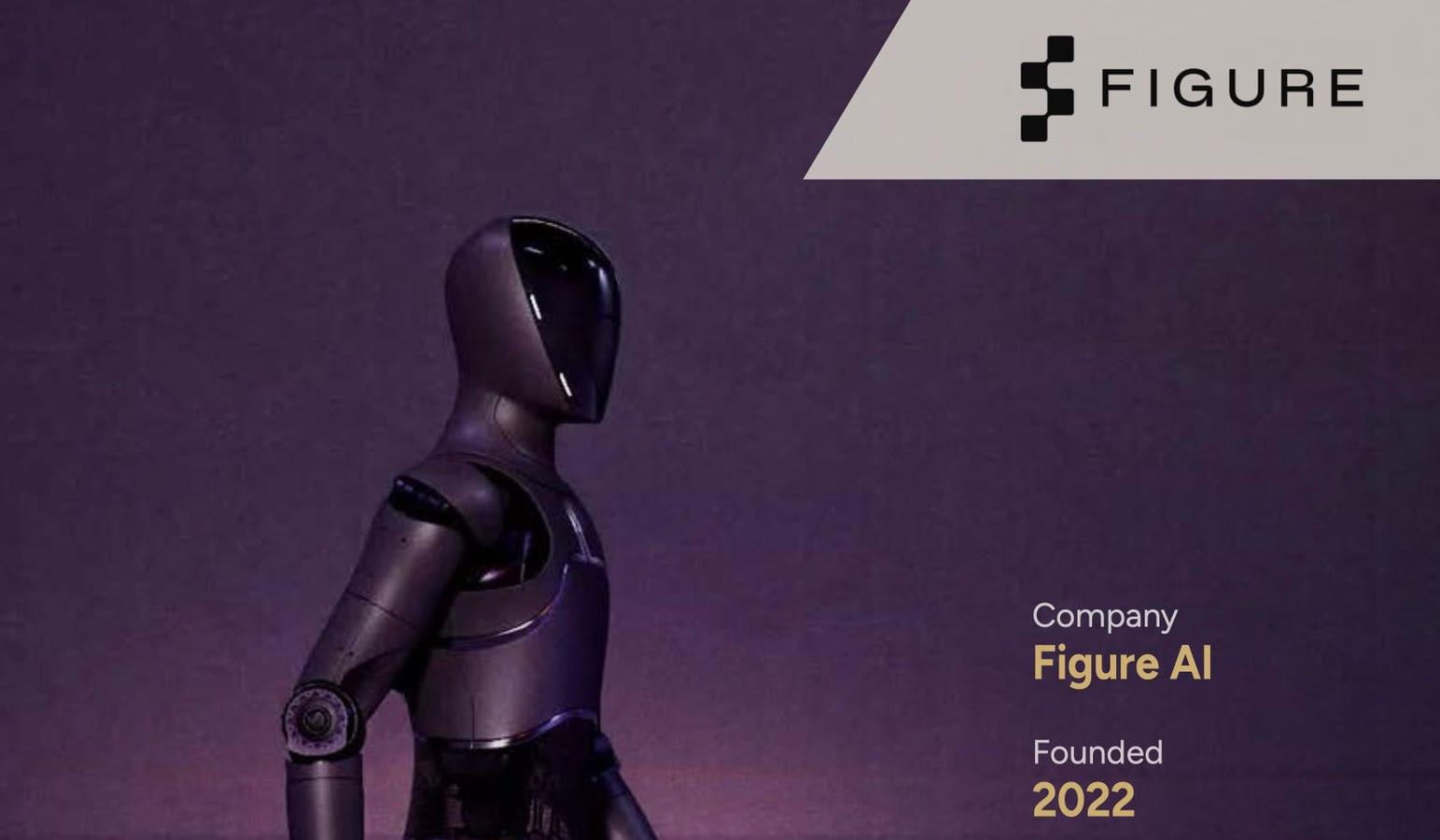
Humanoid Robots: Here Are The 16 Leading Manufacturers
“If you lease it like you lease a car, a $30,000 car, your price point per month is 300 bucks,” says author, futurist, investor, doctor, and engineer Peter Diamandis in a recent TechFirst podcast. “And that translates amazingly to $10 a day and 40 cents an hour. So you’ve got labor that’s waiting for whatever your wish is. You know, clean up the house, go mow the lawn, you know, please change the baby’s diapers.”

KPMG Survey: 68% Of Execs Plan To Funnel Up To $250 Million Into AI In The Next Year
In today’s AI news, a majority of senior executives across multiple industries expect AI to fundamentally reshape their businesses in the next 12 to 24 months, according to KPMG’s latest AI Quarterly Pulse Survey. According to the survey, 68% of executives plan to invest between $50M and $250M into GenAI over the next 12 months, marking a substantial increase from 45% in Q1 of 2024.
S chief AI scientist, Yann LeCun, the biggest takeaway from DeepSeek In other advancements, hot healthcare startup Rad AI has raised a Series C funding round. The company, which creates AI-powered tools for radiologists, grabbed $60 million dollars of fresh funding in a Series C round led by Transformation Capital, according to two sources, the new fundraise valued Rad AI at $525 million.
Meanwhile, Alphabet’s Google, already facing an unprecedented regulatory onslaught, is looking to shape public perception and policies on artificial intelligence ahead of a global wave of AI regulation. A key priority comes in building out educational programs to train the workforce on AI. “Getting more people and organizations, including governments, familiar with AI and using AI tools, makes for better AI policy and opens up new opportunities.”
T be fixated on the best big model … + Then, join renowned investor Ray Dalio of Bridgewater Associates, for an engaging fireside chat with Merantix Capital Co-Founder, Rasmus Rothe exploring the enormous potential of artificial intelligence in decision-making, innovation, and global investing.
And, artificial general intelligence could possess the versatility to reason, learn and innovate in any task. But with rising concerns about job losses, surveillance and deepfakes, will AGI be a force for progress or a threat to the very fabric of humanity?
We close out with, a thought-provoking panel discussion, moderated by Becky Anderson, Anchor & Managing Editor of CNN Abu Dhabi, featuring Ian Bremmer, President and Founder of Eurasia Group and GZERO Media; Nadia Calviño, President of the European Investment Bank; Ngozi Okonjo-Iweala, Director General of the WTO; Brad Smith, Vice Chair and President of Microsoft; and Peng Xiao, CEO of G42.
Thats all for today, but AI is moving fast, Like, comment, and subscribe for more AI news! Please vote for me in the Entrepreneur of Impact Competition today! Thank you for supporting my partners and I, it’s how I keep Neural News Network free.
Unlocking the Dark Universe With a Mysterious Fifth Force
Researchers hypothesize a fifth force of nature that could explain the intricate relationship between dark matter and dark energy, suggesting a revolutionary expansion of the Standard Model of physics.
Could a new, fifth force of nature help answer some of the biggest mysteries about dark matter and dark energy? Scientists are actively exploring the possibility.
The Standard Model of physics is widely regarded as one of the greatest achievements in modern science. It describes the universe’s four known forces — gravity, electromagnetism, and the strong and weak nuclear forces — as well as a diverse array of fundamental particles and their interactions. By many measures, it stands as one of the most successful scientific theories in history.
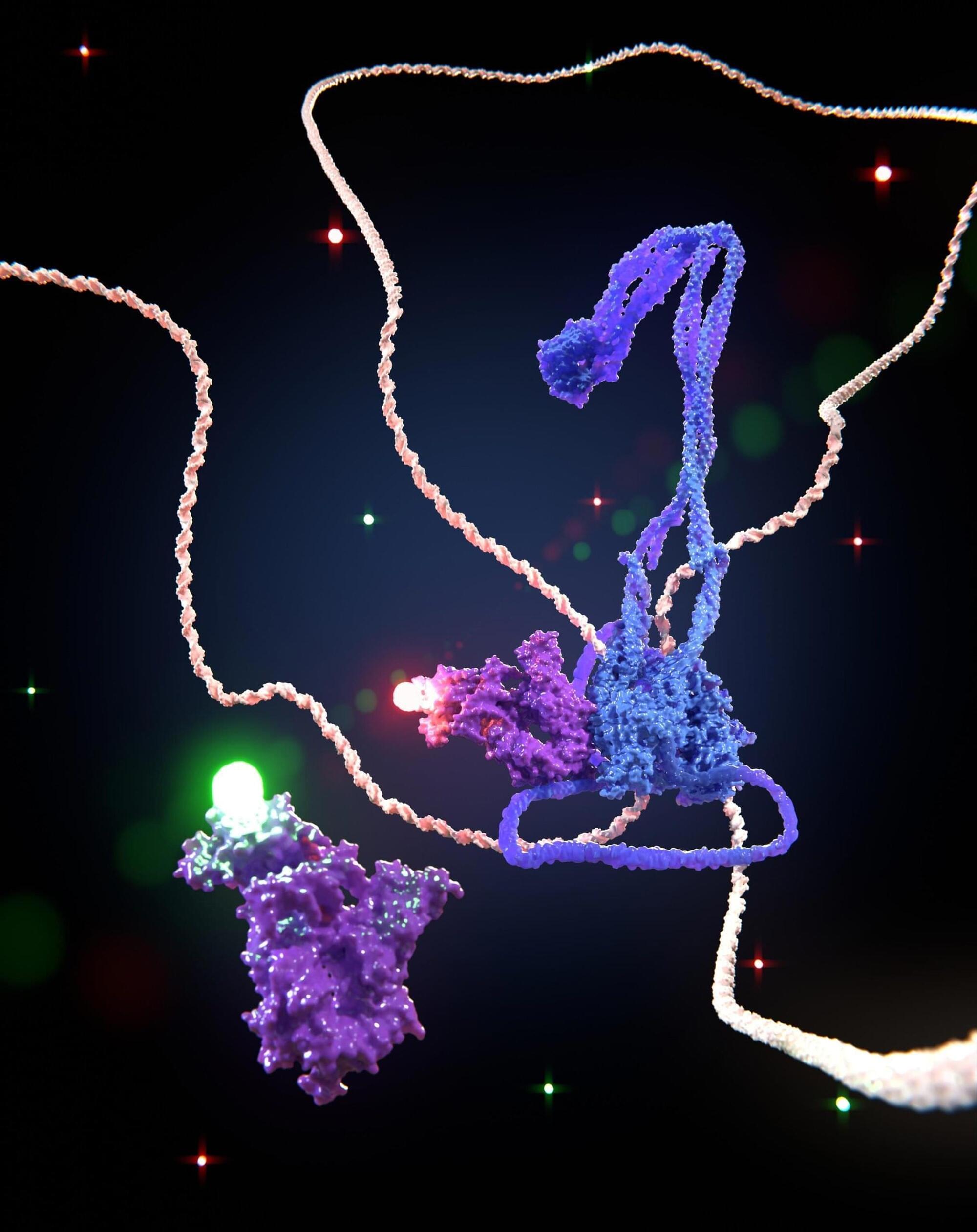
Scientists Solve Long-Standing DNA Machinery Mystery
SMC proteins can reverse direction, reshaping DNA
DNA, or deoxyribonucleic acid, is a molecule composed of two long strands of nucleotides that coil around each other to form a double helix. It is the hereditary material in humans and almost all other organisms that carries genetic instructions for development, functioning, growth, and reproduction. Nearly every cell in a person’s body has the same DNA. Most DNA is located in the cell nucleus (where it is called nuclear DNA), but a small amount of DNA can also be found in the mitochondria (where it is called mitochondrial DNA or mtDNA).